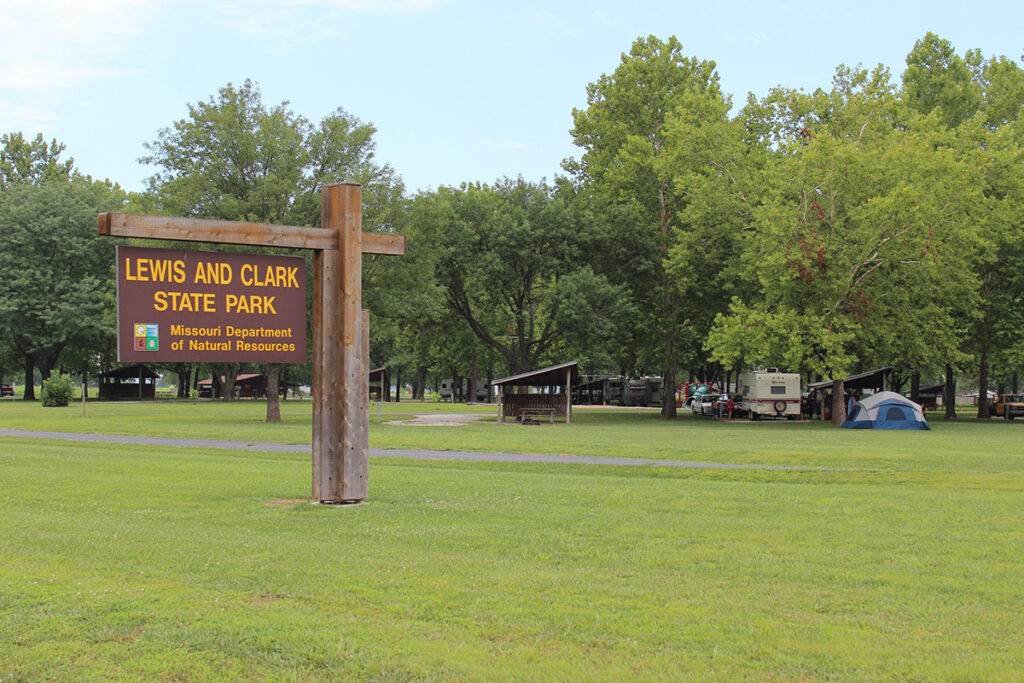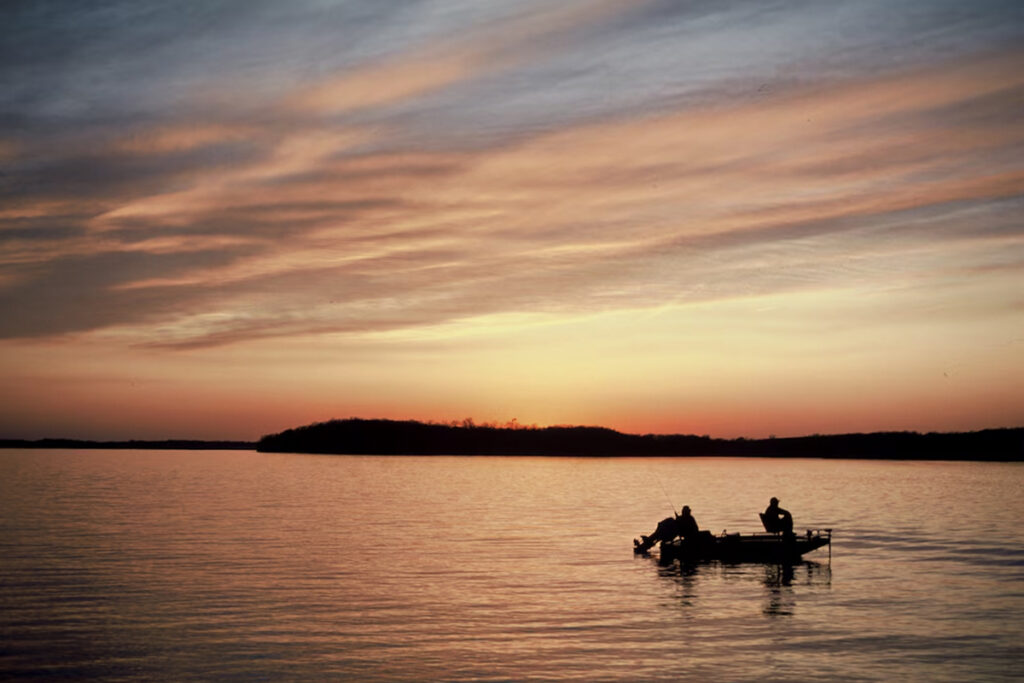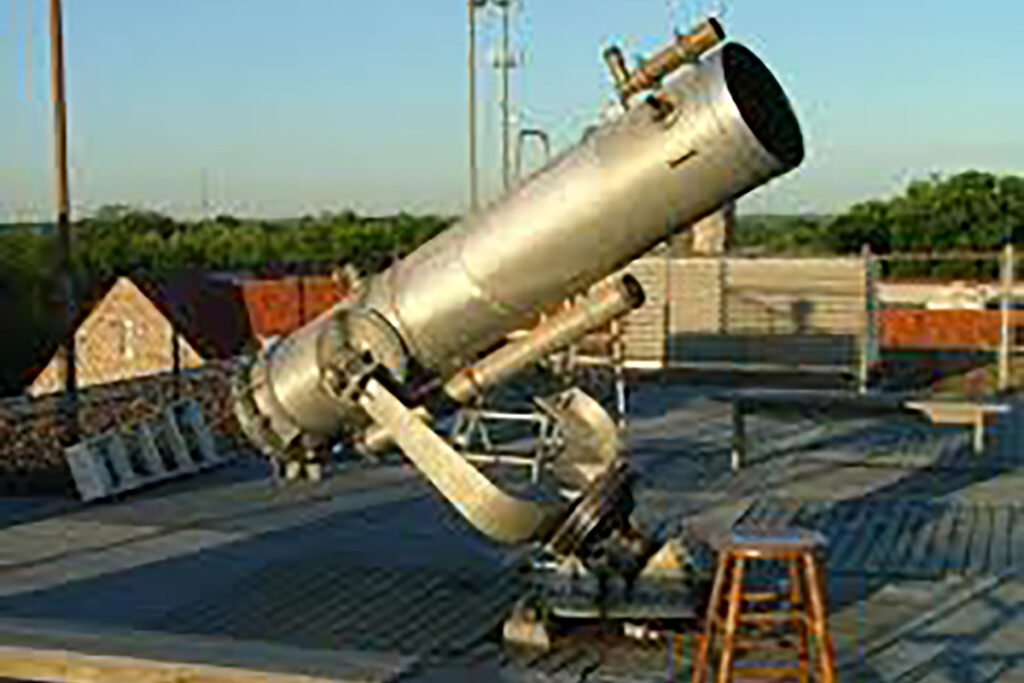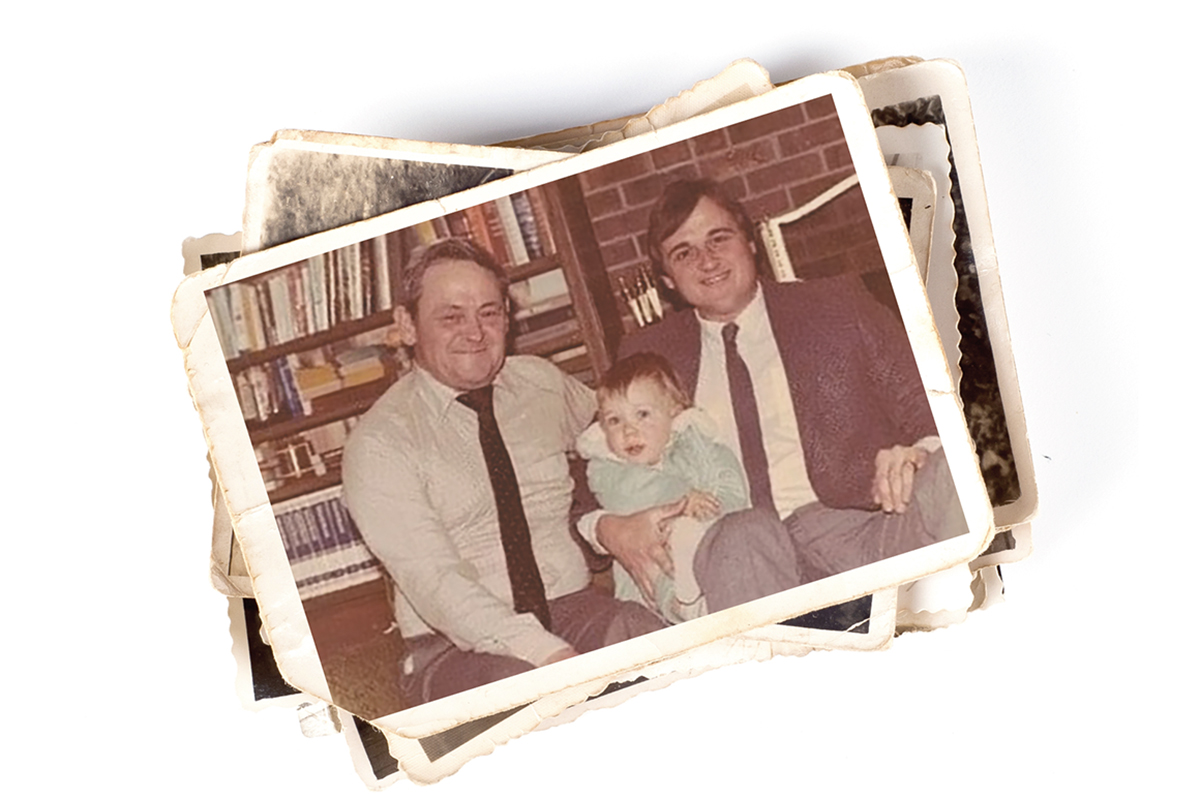Summer nights are the perfect time to grab a blanket, lie down and stargaze. Although it can be hard with metropolitan Kansas City’s insistent sprawl, you can find some good viewing spots less than 100 miles from downtown where stars, planets and other nighttime phenomena can be spotted. Here they are.
Weston Bend State Park

One of the closest spots is Weston Bend State Park, about 15 miles north of Kansas City International Airport, off Missouri Route 45.
Not far from the restaurants and shops of Weston’s historic downtown, the state park sits along the Missouri River and features a panoramic viewing deck that overlooks the waterway and offers an expansive look at the night sky. Weston Bend, which underwent an off-season overhaul, is popular for its paved trails, campsites and picnic areas.
Lewis and Clark State Park

Missouri’s Lewis and Clark State Park sits about 50 miles northwest of downtown KCMO in Rushville, across the Missouri River from Atchison, Kansas.
Dedicated to the Louisiana Purchase explorers who paddled up the Missouri River in the early 1800s, Lewis and Clark State Park was constructed in the 1930s by the federal government’s Civilian Conservation Corps. A bicentennial plaza overlooking the river was hardscaped into the park in 2006, and it’s not a bad spot to see the stars.
Smithville Lake

This Army Corps of Engineers-built lake was named one of best places in the metro to stargaze by the Space Tourism Guide. In Clay County, Smithville Lake was constructed by the Corps for flood control and water supply.
Today, the recreation area, about 40 miles north of downtown KCMO, offers fishing, camping, boating and plenty of open space in its 7,100 acres to view the stars.
Warko Observatory

Try some urban celestial viewing at the University of Missouri–Kansas City’s main campus and its Warkoczewski (Warko) Public Observatory. On top of the UMKC’s Royall Hall is a custom-built 16-inch Warkoczewski telescope, as well 10-inch and 14-inch computerized telescopes. The facility, run by Astronomical Society of Kansas City volunteers, is open to the public on clear Friday nights May through October.
Says the Warko website: “Some Deep Space objects such as the Andromeda Galaxy, Orion Nebula and Hercules Globular Cluster are generally observed, but views depend on sky conditions.”
Beyond the Metro
Due to the amount of light developed areas emit, there aren’t any places that would be considered “great” for stargazing in the metro. But unlike other midsize cities on the East Coast and in the South, Kansas Citians are within a few three-hour drives of some seriously dark skies. Maps on websites like Dark Site Finder show patchy areas in both Kansas and Missouri where darkness still has an edge over man-made light.
One such place is the Tallgrass Prairie National Preserve in the undeveloped Flint Hills. The scenic area is one of the most accessible places to visit on the dark-sky maps. Halfway between Topeka and Wichita, the Nature Conservancy-owned Tallgrass Prairie National Preserve provides a fantastic canvas for stargazing.
Before the sun sets, you’ll have the opportunity to view Kansas’ undeveloped Flint Hills, with its indigenous prairie plant life and animals, including herds of bison. Only a two-hour drive away from KCMO, the preserve is open 24 hours.
Those not wanting to make the drive back at night can find lodging and dining options in nearby Cottonwood Falls, Kansas.
Remember the Weather
A key factor to successful stargazing is the weather, so make sure you check the forecast. A clear daytime sky does not mean the same future awaits in two hours. Like eclipse watching, be prepared for clouds and an alternate activity, if you’re hanging your weekend fun on stargazing possibilities.





